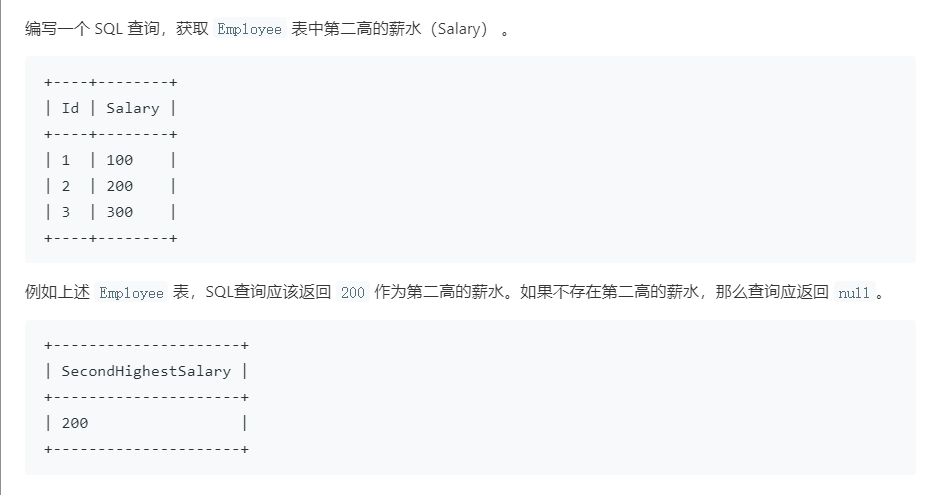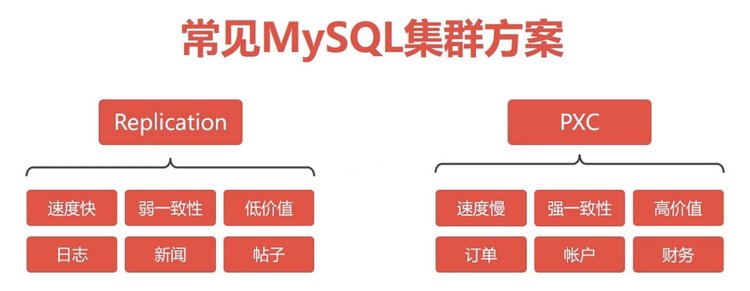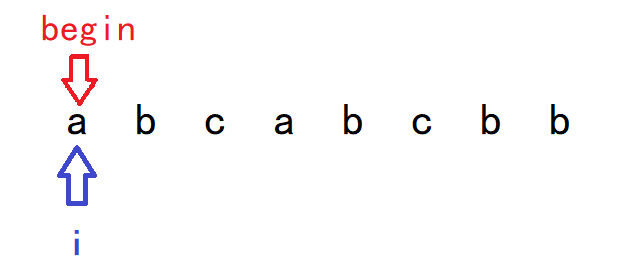AES加密与解密(秘钥)
转载地址:https://blog.csdn.net/lichuangcsdn/article/details/80842338
1 package com.snsoft.modules.biz.test;23 import org.slf4j.Logger;4 import org.slf4j.LoggerFactory;5 import sun.misc.BASE64Decoder;6 import sun.misc.BASE64Encoder;7 import tk.mybatis.mapper.util.StringUtil;89 import javax.crypto.Cipher;10 import javax.crypto.KeyGenerator;11 import javax.crypto.SecretKey;12 import javax.crypto.spec.SecretKeySpec;13 import java.io.IOException;14 import java.security.SecureRandom;1516 /**17 * AES加密解密18 *19 * @author lichuang20 * @since 2018-03-2321 */22 public class SecurityUtil {2324 private static final Logger logger = LoggerFactory.getLogger(SecurityUtil.class);2526 private static final String ENCODING = "UTF-8";2728 private static final String PASSWORD = "46EBA22EF5204DD5B110A1F730513965"; // 加密秘钥2930 /**31 * AES加密32 *33 * @param content34 * 明文35 * @return 密文36 */37 public static String encryptAES(String content) {38 if (StringUtil.isEmpty(content)) {39 throw new RuntimeException("明文不能为空!");40 }41 byte[] encryptResult = encrypt(content, PASSWORD);42 String encryptResultStr = parseByte2HexStr(encryptResult);43 // BASE64位加密44 encryptResultStr = ebotongEncrypto(encryptResultStr);45 return encryptResultStr;46 }4748 /**49 * AES解密50 *51 * @param encryptResultStr52 * 密文53 * @return 明文54 */55 public static String decryptAES(String encryptResultStr) {56 if (StringUtil.isEmpty(encryptResultStr)) {57 throw new RuntimeException("密文不能为空");58 }59 // BASE64位解密60 try {61 String decrpt = ebotongDecrypto(encryptResultStr);62 byte[] decryptFrom = parseHexStr2Byte(decrpt);63 byte[] decryptResult = decrypt(decryptFrom, PASSWORD);64 return new String(decryptResult);65 } catch (Exception e) { // 当密文不规范时会报错,可忽略,但调用的地方需要考虑66 return null;67 }68 }6970 /**71 * 加密字符串72 */73 private static String ebotongEncrypto(String str) {74 BASE64Encoder base64encoder = new BASE64Encoder();75 String result = str;76 if (str != null && str.length() > 0) {77 try {78 byte[] encodeByte = str.getBytes(ENCODING);79 result = base64encoder.encode(encodeByte);80 } catch (Exception e) {81 e.printStackTrace();82 }83 }84 // base64加密超过一定长度会自动换行 需要去除换行符85 return result.replaceAll("\r\n", "").replaceAll("\r", "").replaceAll("\n", "");86 }8788 /**89 * 解密字符串90 */91 private static String ebotongDecrypto(String str) {92 BASE64Decoder base64decoder = new BASE64Decoder();93 try {94 byte[] encodeByte = base64decoder.decodeBuffer(str);95 return new String(encodeByte);96 } catch (IOException e) {97 logger.error("IO 异常",e);98 return str;99 }100 }101102 /**103 * 加密104 *105 * @param content106 * 需要加密的内容107 * @param password108 * 加密密码109 * @return110 */111 private static byte[] encrypt(String content, String password) {112 try {113 KeyGenerator kgen = KeyGenerator.getInstance("AES");114 // 注意这句是关键,防止linux下 随机生成key。用其他方式在Windows上正常,但Linux上会有问题115 SecureRandom secureRandom = SecureRandom.getInstance("SHA1PRNG");116 secureRandom.setSeed(password.getBytes());117 kgen.init(128, secureRandom);118 // kgen.init(128, new SecureRandom(password.getBytes()));119 SecretKey secretKey = kgen.generateKey();120 byte[] enCodeFormat = secretKey.getEncoded();121 SecretKeySpec key = new SecretKeySpec(enCodeFormat, "AES");122 Cipher cipher = Cipher.getInstance("AES");// 创建密码器123 byte[] byteContent = content.getBytes("utf-8");124 cipher.init(Cipher.ENCRYPT_MODE, key);// 初始化125 byte[] result = cipher.doFinal(byteContent);126 return result; // 加密127 } catch (Exception e) {128 logger.error("加密异常", e);129 }130 return null;131 }132133 /**134 * 解密135 *136 * @param content137 * 待解密内容138 * @param password139 * 解密密钥140 * @return141 */142 private static byte[] decrypt(byte[] content, String password) {143 try {144 KeyGenerator kgen = KeyGenerator.getInstance("AES");145 // 防止linux下 随机生成key146 SecureRandom secureRandom = SecureRandom.getInstance("SHA1PRNG");147 secureRandom.setSeed(password.getBytes());148 kgen.init(128, secureRandom);149 // kgen.init(128, new SecureRandom(password.getBytes()));150 SecretKey secretKey = kgen.generateKey();151 byte[] enCodeFormat = secretKey.getEncoded();152 SecretKeySpec key = new SecretKeySpec(enCodeFormat, "AES");153 Cipher cipher = Cipher.getInstance("AES");// 创建密码器154 cipher.init(Cipher.DECRYPT_MODE, key);// 初始化155 byte[] result = cipher.doFinal(content);156 return result; // 加密157 } catch (Exception e) {158 logger.error("解密异常", e);159 }160 return null;161 }162163 /**164 * 将二进制转换成16进制165 *166 * @param buf167 * @return168 */169 private static String parseByte2HexStr(byte buf[]) {170 StringBuffer sb = new StringBuffer();171 for (int i = 0; i < buf.length; i++) {172 String hex = Integer.toHexString(buf[i] & 0xFF);173 if (hex.length() == 1) {174 hex = '0' + hex;175 }176 sb.append(hex.toUpperCase());177 }178 return sb.toString();179 }180181 /**182 * 将16进制转换为二进制183 *184 * @param hexStr185 * @return186 */187 private static byte[] parseHexStr2Byte(String hexStr) {188 if (hexStr.length() < 1)189 return null;190 byte[] result = new byte[hexStr.length() / 2];191 for (int i = 0; i < hexStr.length() / 2; i++) {192 int high = Integer.parseInt(hexStr.substring(i * 2, i * 2 + 1), 16);193 int low = Integer.parseInt(hexStr.substring(i * 2 + 1, i * 2 + 2), 16);194 result[i] = (byte) (high * 16 + low);195 }196 return result;197 }198199 public static void main(String[] args) {200 express();201 }202203 /**204 * 测试205 */206 private static void express() {207 System.out.println("加密解密试试:");208 String content = "你好北京";209 System.out.println("原内容为:" + content);210 String encryContent = encryptAES(content);211 System.out.println("加密后的内容为:" + encryContent);212 String decryContent = decryptAES(encryContent);213 System.out.println("解密后的内容为:" + decryContent);214 }215216 }
转载于 //www.cnblogs.com/lidar/p/11558450.html
//www.cnblogs.com/lidar/p/11558450.html



































还没有评论,来说两句吧...